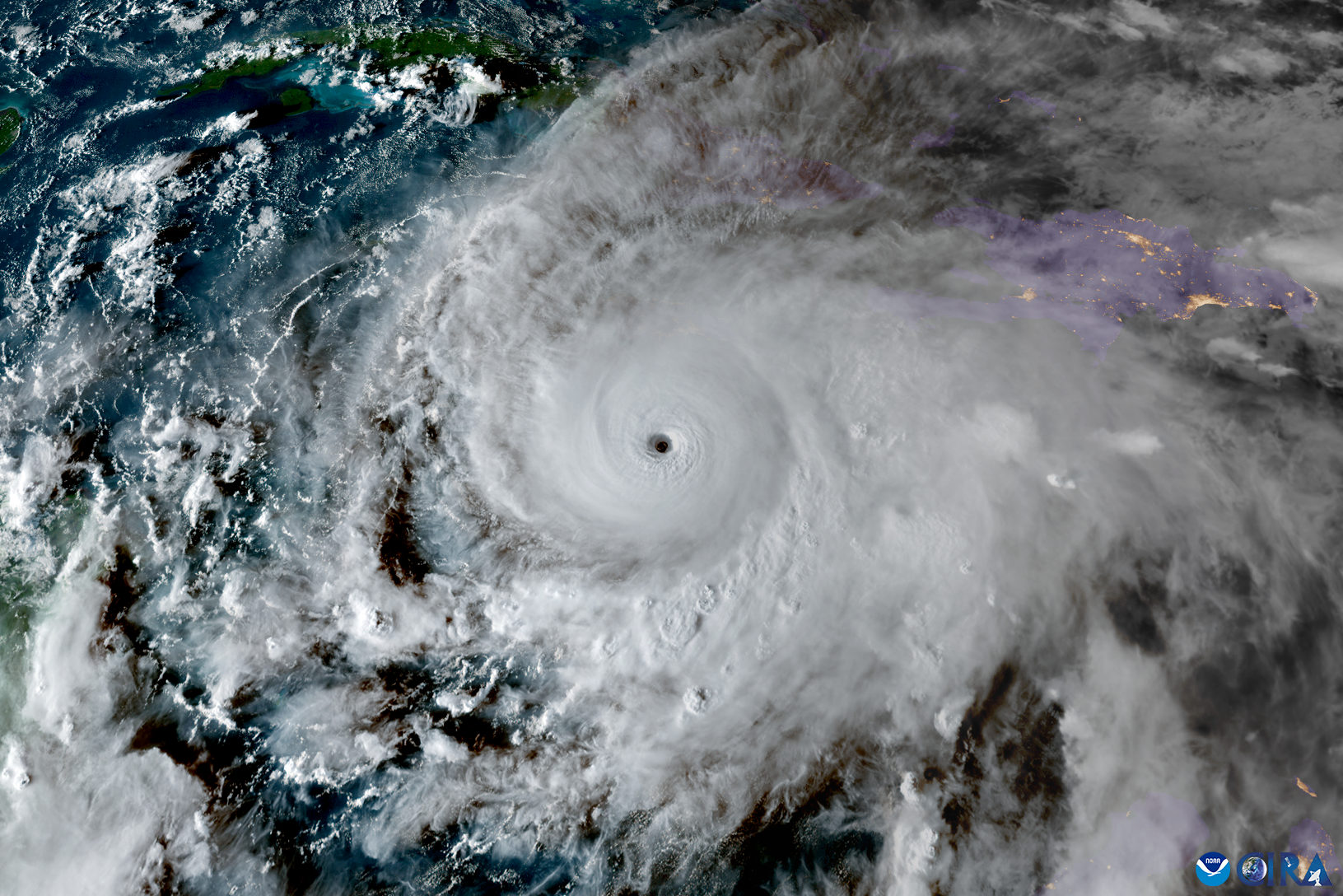What we’re watching: Weekly disaster update, October 27

We know all too well that disaster can strike anytime, anywhere in the world. Some disasters make headlines; others do not. Here at the Center for Disaster Philanthropy (CDP), we monitor the status of disasters worldwide and compile a list of the ones we’re tracking weekly, along with relevant disaster-related media coverage.
Here’s what we’re watching for the week of Oct. 27, 2025.
New or Emerging Disasters
Hurricane Melissa – Multiple countries: Three people were killed in Haiti on Oct. 24 as rains from the outer bands of Hurricane Melissa caused a landslide in Port-au-Prince. In the Dominican Republic, the storm damaged 200 homes and knocked out water supply systems for millions of customers last week.
Since then, Melissa has undergone “extreme rapid intensification,” strengthening from a tropical storm on Oct. 24 to a Category 4 hurricane by Oct. 26.
This slow-moving system is expected to cause a 13-foot storm surge in Kingston, and forecasters predict at least 30-40 inches of rain overall in Jamaica before the storm weakens as it moves north in the Caribbean. Melissa will make landfall in Jamaica on Tuesday, Oct. 28, as a catastrophic Category 5 storm, the most powerful hurricane on record to hit the island.
Flooding – Central Florida: A rare flash flooding emergency hit central Florida on Sunday, Oct. 26, with some places receiving between 11 and 18 inches of rain in what meteorologists are calling a “one in 200-year event.”
The massive amount of rain caused sinkholes to form, roads to collapse and wash away, and water mains to break. Fortunately, no one was hurt.
Disease outbreak – Somalia: Diphtheria, a deadly vaccine-preventable disease, is resurgent in Somalia after years of dormancy.
Children are typically vaccinated against diphtheria, but, due to vaccine shortages as well as mass displacement from climate change and war, many children can’t receive routine immunizations. Additionally, the sharp drop in aid from the U.S. is causing or exacerbating malnourishment in children, leaving them more vulnerable to disease.
In 2025, Somalia has reported over 1,600 suspected cases of diphtheria (mostly in children), compared to 838 cases in 2024. At least 87 people, mostly children, have died.
Previous/Ongoing Disasters
Wisconsin – Flooding: On Aug. 9-10, storms brought severe flooding to southeast Wisconsin, destroying 51 homes and damaging at least 4,500 buildings, including businesses and residences.
On Oct. 24, FEMA denied the state’s request for funding to cover the cost of damage to public infrastructure, including schools and roads.
Complex Humanitarian Emergencies – Afghanistan
When a country experiences political conflict, climate shocks, famine, economic challenges or other conditions, it may suffer a complex humanitarian emergency (CHE). CDP maintains complete profiles on several CHEs. Every week, we highlight these and other CHEs, hoping to build awareness and increase philanthropic response.
Afghanistan is one of the worst places in the world to be a woman or a girl. Women in Afghanistan report safety and security as their top concerns because oppressive, gendered policies have created a climate of fear. Severe restrictions on movement, education and health care, as well as a ban on participating in public and economic life, have made life for Afghan girls and women unbearable.
The law holds men accountable for women’s behavior, effectively weaving the control and subjugation of women into everyday life, including at home. Fear of punishment by the Taliban means men demand the compliance of women. Legal and safe spaces that supported women experiencing violence have all but disappeared. After four years under Taliban rule, and as global attention has shifted to other issues, the normalization of the worst human rights crisis for women and girls in the world has intensified.
Key facts:
- Women are restricted from being seen and heard in public, as the law classifies women’s voices as awrah.
- Many women suffered or died after the earthquake because male rescuers were prohibited from touching women who were buried in the rubble or who suffered wounds.
- Girls and young women are completely banned from secondary and university education. Restrictions on education are projected to cause a 24% increase in child marriage, a 45% increase in early childbearing and a 50% surge in maternal mortality by 2026.
- Services for survivors of VAWG have been dramatically reduced, and legislation to prosecute perpetrators of VAWG has been dismantled.
- Women who flee abusive homes or attempt to seek justice are forcibly returned, and/or publicly flogged or imprisoned for “adultery.”
- Due to global aid funding cuts, what’s left of the women-led organizations in Afghanistan report being unable to reach most women in their communities. Globally, evidence shows that independent women’s movements are among the most effective drivers of gender equality gains. Defunding women-led organizations risks further entrenching and normalizing the deeply exclusionary system the Taliban has put in place.
According to UN Women, “…at least 30 percent of all aid to Afghanistan must focus on gender equality. Gender-blind funding is no longer an option.” To give women and girls a chance at a safe, healthier and happier future, every program initiative must actively support the rights of Afghan women and girls.
Upcoming webinar
Violence against women and girls in disasters: How funders can fill funding gaps
 Photo by Michelle Ding on Unsplash
Photo by Michelle Ding on Unsplash What We’re Reading
- What is the ‘manosphere’ and why should we care? – UN Women – Headquarters
- The Disaster Industrial Complex Is Driving US Economic Growth – Bloomberg
- Victims of July flooding in Texas struggling to get help from FEMA – AP News
A moment of hope… Investors worldwide have poured more than $56 billion into climate technology in the first nine months of 2025, surpassing the total investment for all of 2024.
The surge in funding is driven by strong interest in battery storage, electric vehicles and renewable energy. Institutional investors are increasingly focused on climate technology that enhances energy independence and addresses national security concerns.
